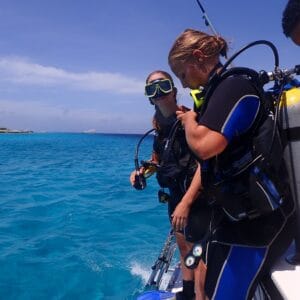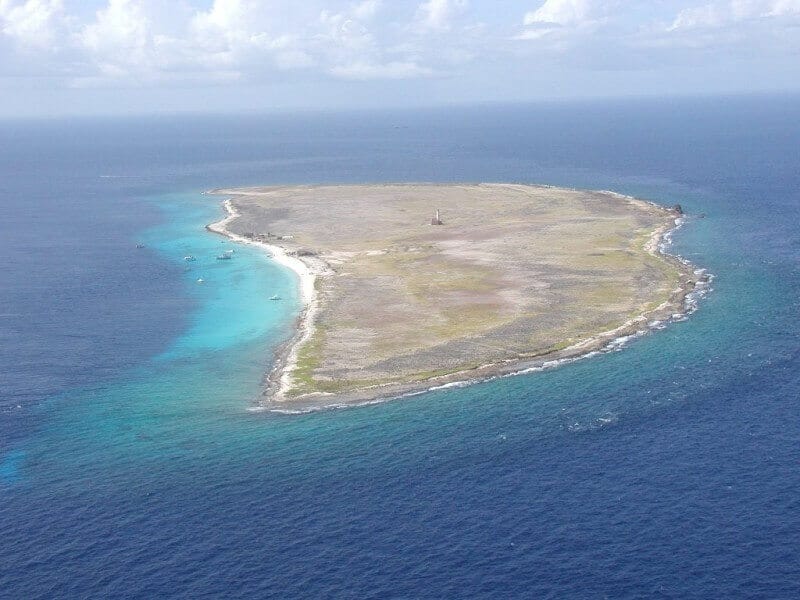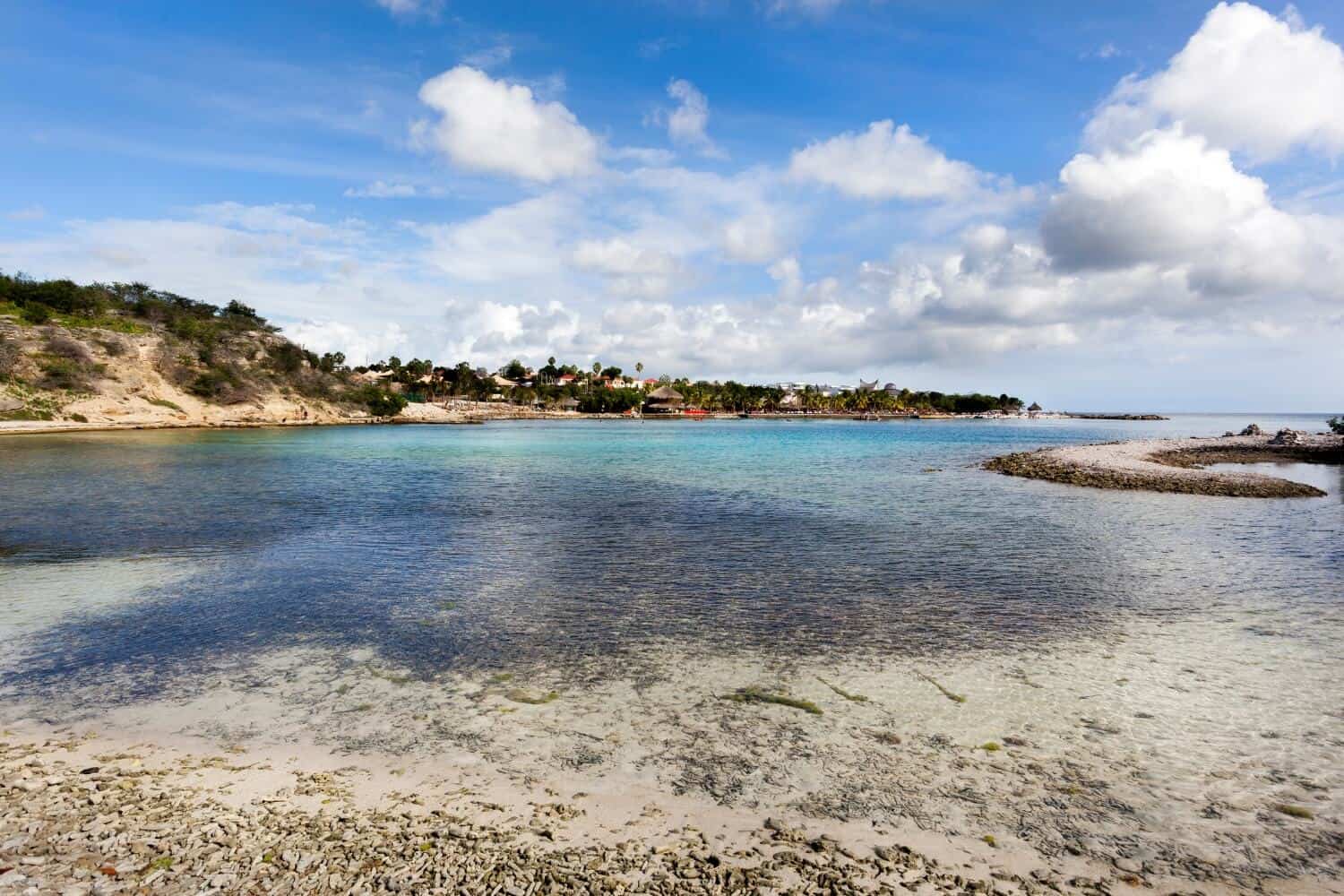More to Explore!
Curaçao's best activities, insights and places.


Required to Visit

Added to wishlistRemoved from wishlist 0
€ 295,00
Discover the Underwater World with the PADI Fish Identification Specialty Course in Curaçao
0 out of 5
Added to wishlistRemoved from wishlist 0
€ 200,00

How It Works
Search the Curaçao activities
you want to book
you want to book
We have handpicked the best
options for you
options for you
You choose the offer you like
and book directly with the operator!
and book directly with the operator!

Popular areas

Special offer
Klein Curacao Boat Trips
Private Charters and Group Tours to Klein Curacao
Popular Car Rental
Trusted by Customers for Transparent Pricing and Exceptional Service in Curacao

Most popular among our customers
- Range Rover
- Jeep Wrangler
- Jeep Grand Cherokee
- Volkswagen Tiguan
- Toyota RAV4
- Grand Cherokee 7 Persons

Most popular among our customers
- Range Rover
- Jeep Wrangler
- Jeep Grand Cherokee
- Volkswagen Tiguan
- Toyota RAV4
- Grand Cherokee 7 Persons
RentCarCuraçao.com
Affordable Luxury Rental Cars
- Airport Service
- Resort Pick-up / Drop-off
- Transparant Pricing
- ★★★★★ Ratings
- Affordable Luxury Cars
RentCarCuraçao.com
Affordable Luxury Rental Cars
- Airport Service
- Resort Pick-up / Drop-off
- Transparant Pricing
- ★★★★★ Ratings
- Affordable Luxury Cars

Popular tours
Added to wishlistRemoved from wishlist 0

Added to wishlistRemoved from wishlist 0

Added to wishlistRemoved from wishlist 0


















